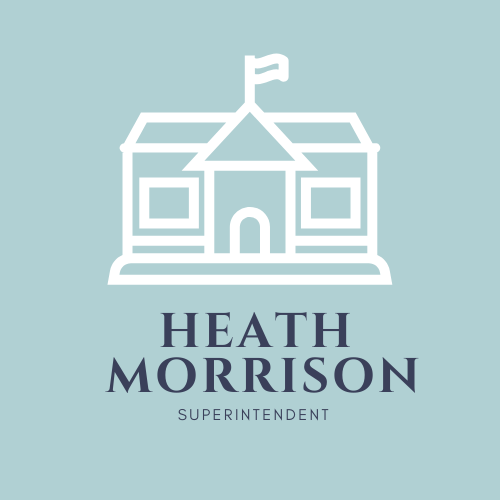For school district leaders, establishing a strong culture of collaboration with stakeholders through meaningful engagement and communication is critical to building trust within your community. During a time when many local education issues are receiving national attention, maintaining trust from the community is important for school leaders.
In most communities, a school board meeting is relatively uneventful. However, that dynamic has drastically shifted over the last 18 months as school district board meetings and issues confronting schools have received a greater level of focus in many communities.
The national spotlight that is now pointed squarely in the direction of local education issues calls the question, “What can school leaders do ensure the discourse about public education in their community remains civil?”
Consider the following two strategies for collaboration:
Rethinking two-way communication with stakeholders
Consider implementing communications platforms that allow for more streamlined communication with community members, parents and staff.
In September 2021, my team at the Montgomery Independent School District implemented K12 Insight’s “Let’s Talk!”, which allows any individual with a question, concern or suggestion to contact the school district leader directly over the subject area of their inquiry. This tool also allows our district leaders to measure their level of customer service with stakeholders and hold themselves accountable for timely communication. A platform like this should not replace the need for meaningful face-to-face discussions. However, it can provide your stakeholders with an added, more convenient option to provide input.
If you prefer the route of communicating via email or phone, you can still set goals and targets for your team. Whether you aim to respond to emails in 24 hours, or 48 hours, hold yourselves accountable to a high standard for communicating with stakeholders.
Listen first, and then act accordingly
As school leaders, it is sometimes easy to assume you have all the answers. In some cases, you may be right… but ask yourself the following important questions:
- Have you educated your community about the need for this change you are proposing?
- Is your solution in fact what is best for your students and your community?
- How can you get a majority of your stakeholders to a place of agreement?
The answer to these is simple: Listen first, and then act accordingly.
Meaningful collaboration must include active listening. Major school district decisions should be made in a collaborative, community-driven manner. Always gather input, whether through a survey, town hall meeting, task force or community forum.
In November 2020, our district embarked on an ambitious journey of developing a brand new strategic plan. Our top priority at the start of this process was to ensure that, upon completion of this work, we can look at our strategic plan and authentically say that it was developed by – and belongs to – our community.
In the end, over 400 individuals had a say in what was ultimately included in the plan, which includes over 60 key performance indicators and 120 district initiatives and strategies. Over a six-month period, we held numerous task force meetings and three community town hall forums, with frequent public updates to our board of trustees.
During a challenging time, where many education-related issues have become subject of national news and controversial discourse, school leaders must refocus their intention and efforts on meaningful collaboration with their communities.

